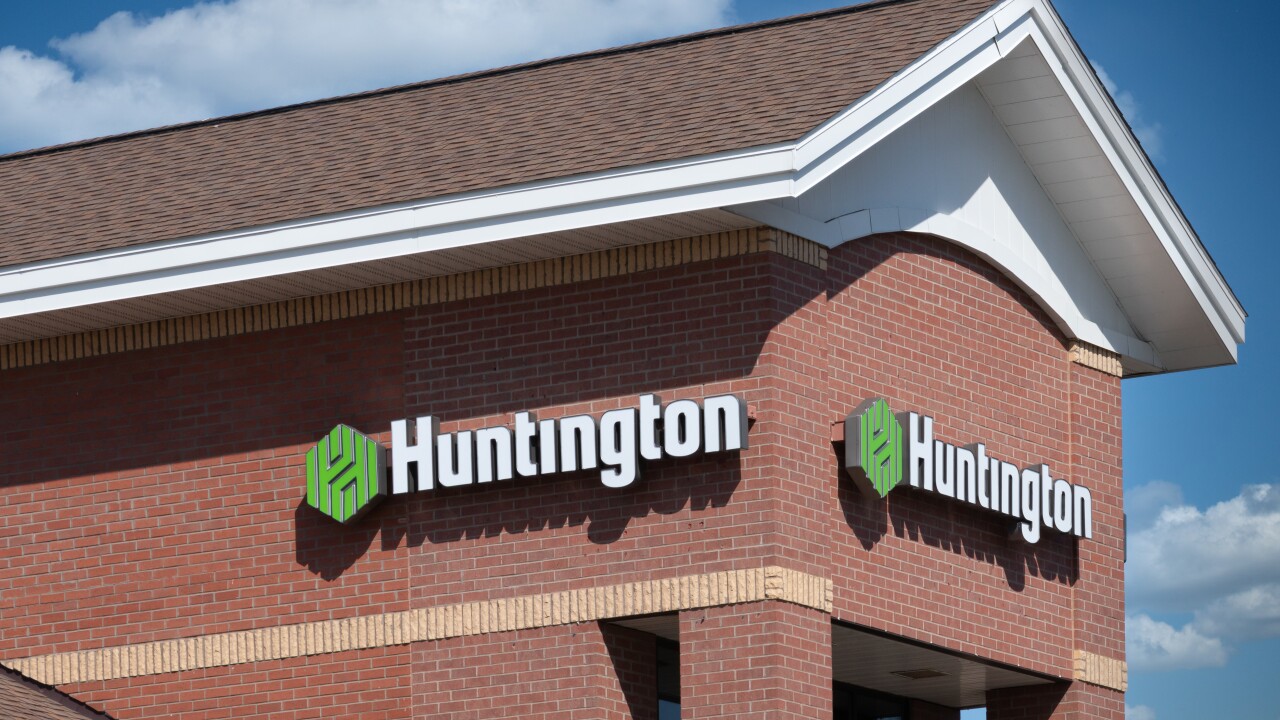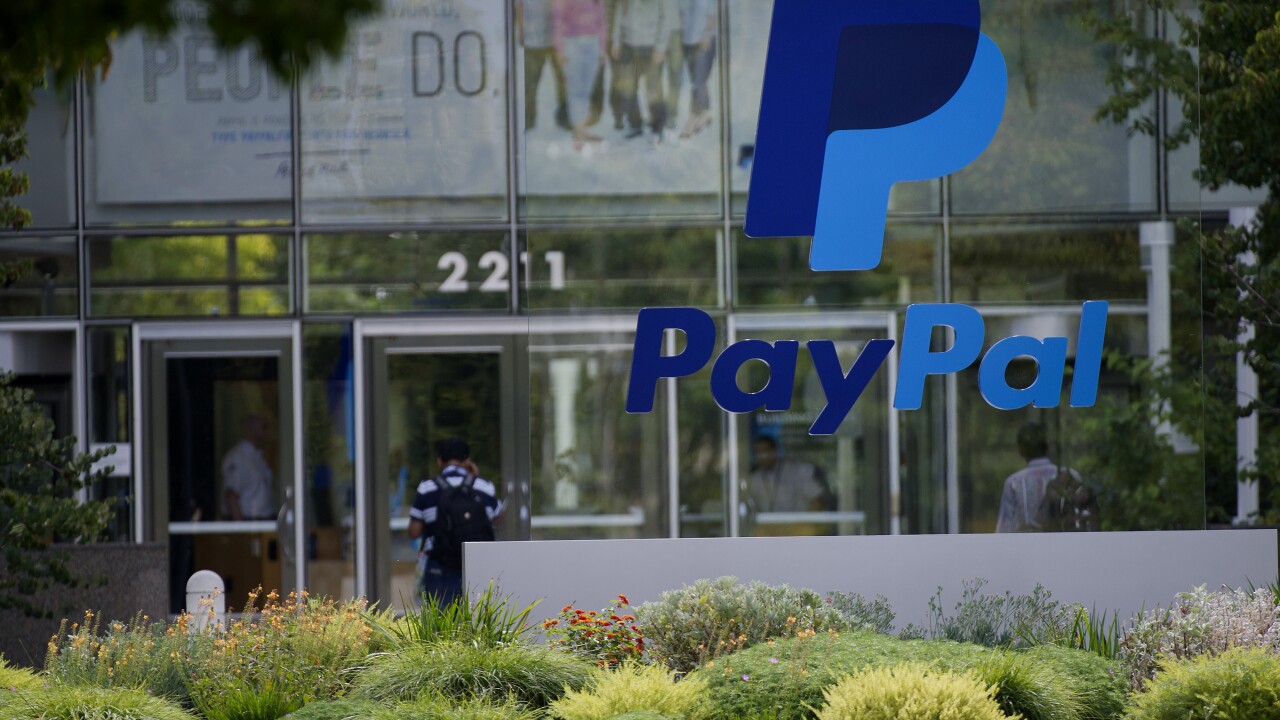The operators of the nation's two wire transfer systems say businesses would send more wires - and pay a premium to do so - if they could attach invoice details to the payments.
The Federal Reserve Banks and The Clearing House Payments Co. LLC collaborated on a report on corporate use of wire transfers. They announced their findings this week to bankers from around the world in Sydney, where Swift is holding its annual Sibos conference, and will announce them to U.S. corporate finance executives next week in Las Vegas at the annual conference of the Association for Financial Professionals.
The conclusion that corporate customers would be willing to pay higher rates for wire transfer services that could also carry invoicing details has prompted the two organizations to seek a standardized payment mechanism that can do so.
However, the wire transfer system operators will face the dual challenge of weaning corporate treasurers away from checks - the dominant business-to-business payment method - and persuading them to use wires instead of other payment systems such as the automated clearing house network or purchasing cards.
According to the report, 83.5% of business-to-business payments are made by check, totaling more than 4 billion checks a year. The report was based on a survey of payments executives at 381 U.S. corporations between February and August.
Fifty-eight percent of respondents said they would be willing to pay more - on average, $1.67 more - if they could include remittance information with their payments; nearly a third of them said they would pay at least an additional $3.
The Fed and The Clearing House calculated that if only 2% of the check volume shifted to wires, there would be a 47% increase in wire volumes.
Henry C. Farrar, a senior vice president of The Clearing House who oversees its high-value system, the Clearing House Interbank Payment System, known as Chips, said banks should think of wires that carry invoice details as a new revenue source, and encouraged them to develop new products for their corporate clients.
He said Chips and the Fed are starting to talk with banks and corporate customers about the idea of wire payments that can carry supplemental data, and are hoping to pick a payment standard that could be used to do so. They are also talking to vendors that might be able to supply the needed payment systems.
"An important first step for the industry is to agree on what standards we want to endorse," Mr. Farrar said. "That is one of the problems, that there are so many standards. We need to put a stake in the ground."
Ken Isaacson, an assistant vice president at the Federal Reserve Bank of New York, said that the discussions, which are already under way, would intensify in the coming months.
"We believe it's very important for all the parties in the wire transfer process to use a common standard," Mr. Isaacson said.
The report cited two payment standards that the Fed and Chips said could be used to support wire transfers that carry invoice data.
One is The Clearing House's own EPN STP 820, a simplified version of the electronic data interchange format, which the New York organization introduced in November 2004.
The format includes 10 essential fields - such as the payment amount, customer's name, business account number, and bank account number - and is supported by cash management software vendors such as FundTech Ltd., the BankLink unit of Fiserv Inc., and P&H Solutions Inc., which was acquired last week by the software maker Transaction Systems Architects Inc.
(On Tuesday, the Clearing House announced that S1 Corp. of Atlanta would incorporate EPN STP 820 into its online cash management software, S1 Enterprise Corporate Banking.)
The other contender is ISO 20022, a format based on extensible markup language, or XML. ISO 20022 is being implemented by Swift on SwiftNet, an international network for transmitting payment instructions.
Swift announced in September that it was working with a number of global banking giants - ABN Amro, Bank of America, BNP Paribas, Citigroup, Deutsche Bank, HSBC, ING, JPMorgan Chase, Mizuho, Nordea, Royal Bank of Canada, Standard Chartered Bank Ltd., and Societe Generale - and hopes to begin testing the ISO 20022 format in the second half of 2007. Swift is formally known as the Society for Worldwide Interbank Financial Telecommunication.
Executives of both the Fed and Chips emphasized that they were not committed to either format, and could end up supporting another payment standard if banks and companies showed a preference for one in the next six months or so.
Mr. Isaacson said that the Fed will likely need to upgrade its Fedwire system to support wires with supplemental information. The current format permits files to carry only about 140 characters of unstructured text, he said, which "may very well turn out not to be enough characters for corporates to send remittance information."
Chips can accommodate up to 9,000 characters of payment information within its wire payments, thanks to a system upgrade completed in 2001.
Michael Knorr, the director of global payments in the global transaction services unit of Citigroup Corporate and Investment Banking, applauded the longtime rivals' efforts to cooperate on the report.
"The study is an important milestone," said Mr. Knorr, who serves on committees that advise both the Fed and Chips. He urged the two groups to keep working together, and said "the least desirable outcome" would be for the industry to have to deal with multiple, incompatible standards. "Our customers are suffering from the lack of standards," he said.
Robert Murphy, senior vice president of marketing at Vicor Inc., a maker of remittance processing systems, said that the wire systems could be hard-pressed to gain ground against alternatives that are already available in the market.
In a recent study, Vicor, a unit of Metavante Corp., the technology subsidiary of the Milwaukee banking company Marshall & Ilsley Corp., predicted that electronic payments would account for 55% of business-to-business payments by 2008, up 15 percentage points from today. However, 11 points of that volume increase would go to ACH, Vicor found, and only 1 point to wires. Corporate purchasing cards would pick up the remaining 3 points, Mr. Murphy said.
"ACH at least has some level of remittance information with it, as does P-card," he said. "Wire doesn't, which may be retarding its growth."
Nancy H. Atkinson, a senior analyst at the research firm Aite Group LLC, said that ACH payments are also attractive because they are much cheaper than wires - typically 20 cents a transaction, compared with $20 to $30. However, ACH payments typically take up to two days, while wires offer same-day settlement.
However, she said that many large companies are still attached to checks because of the float, making them reluctant to shift to faster electronic systems. "To get somebody to move from checks to electronic payments, everyone in the chain has to be advantaged," she said.





